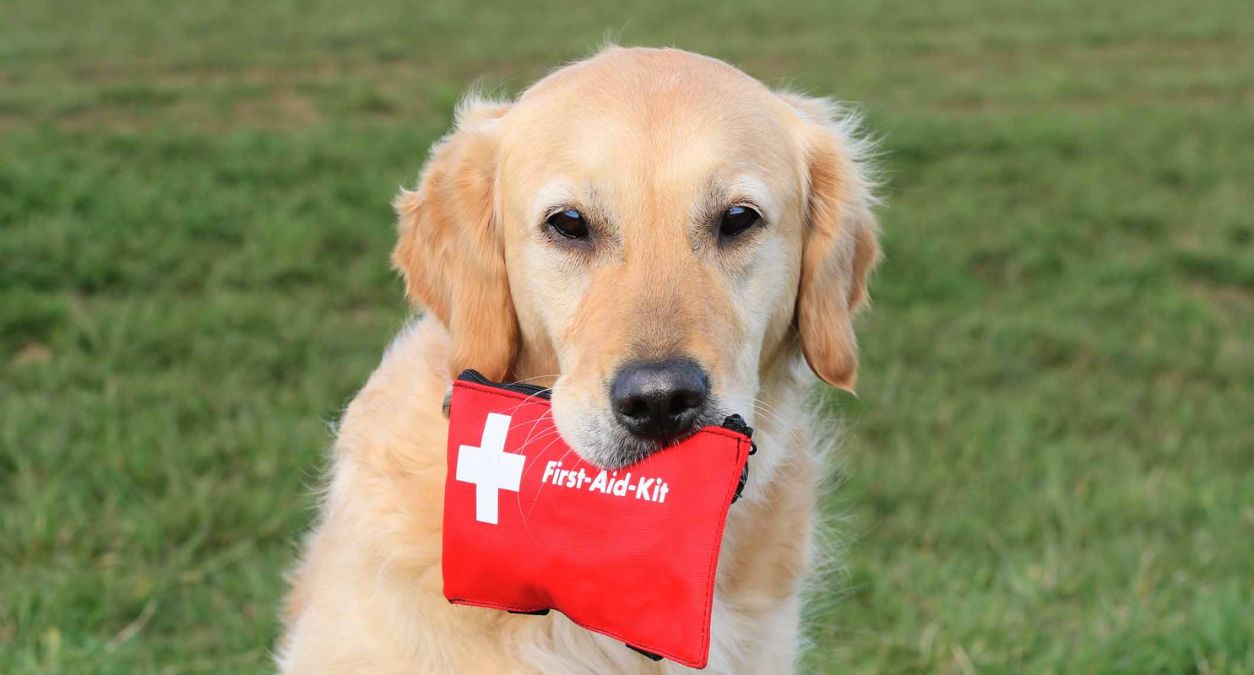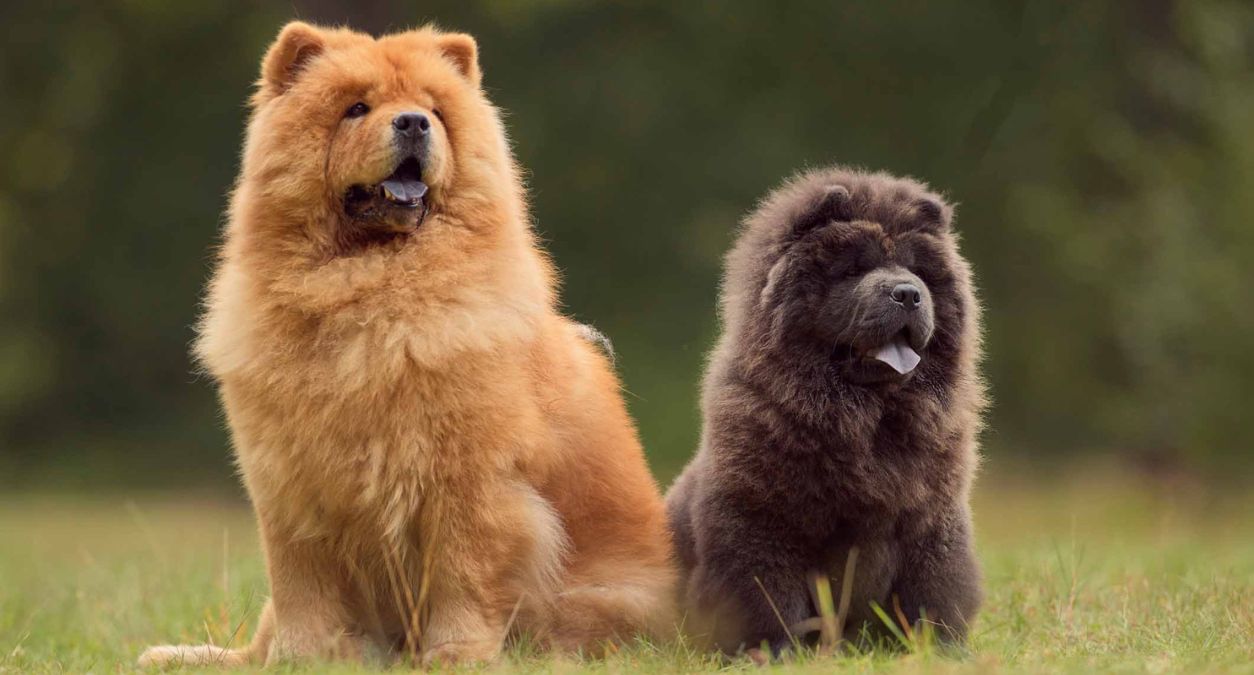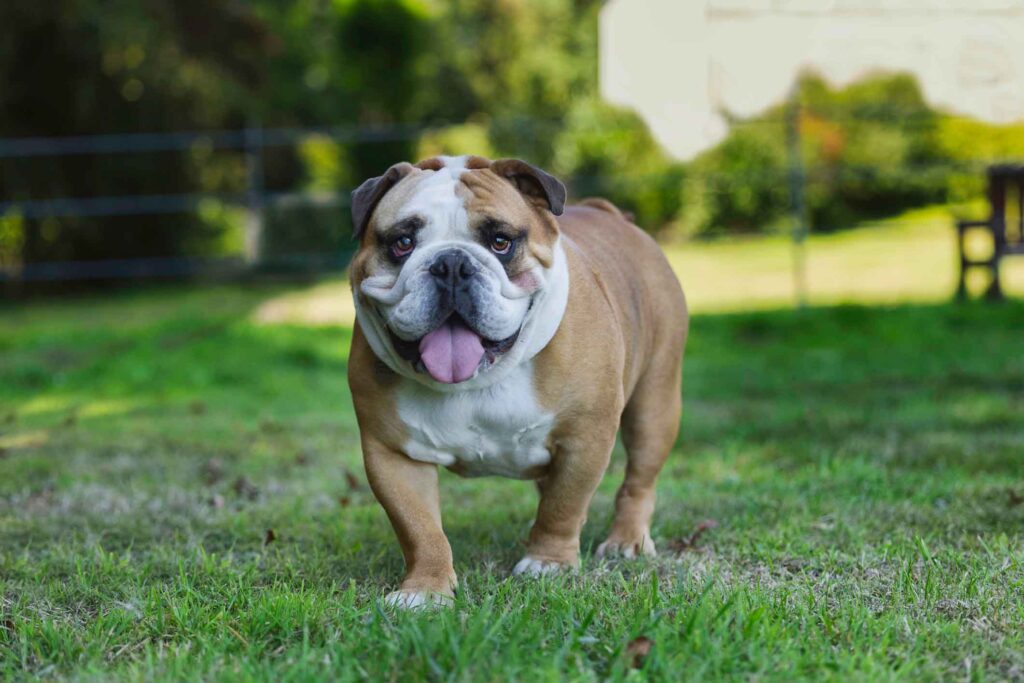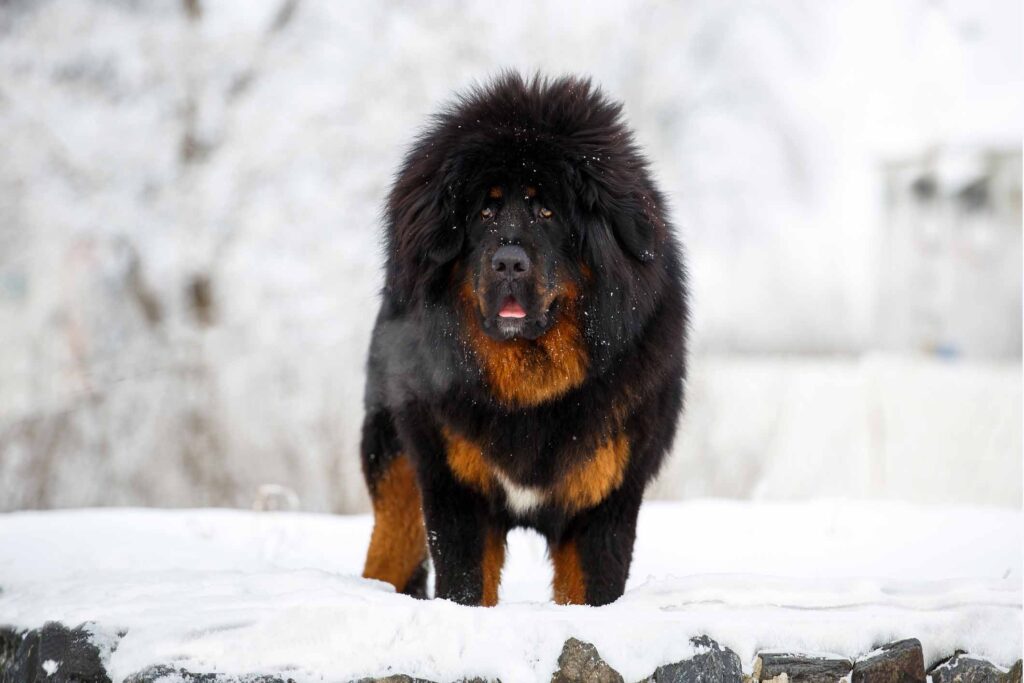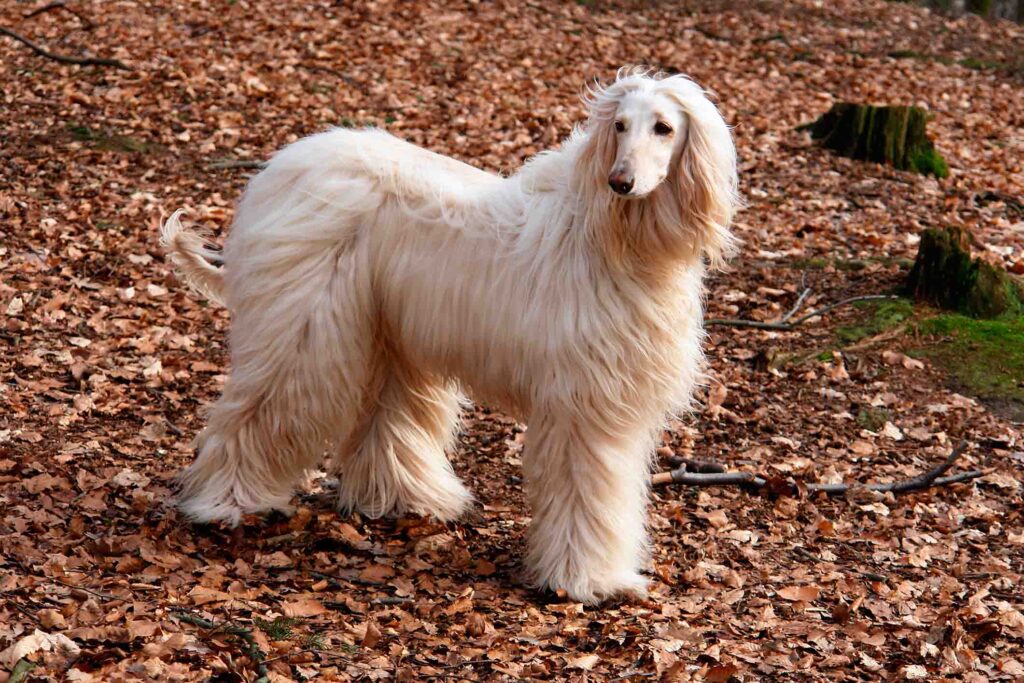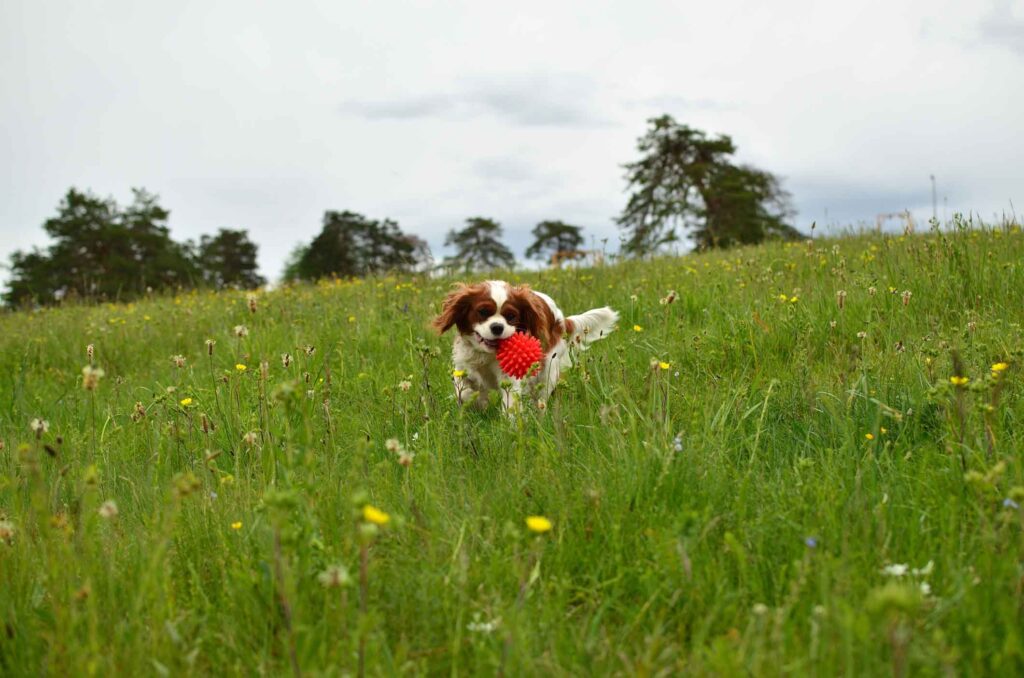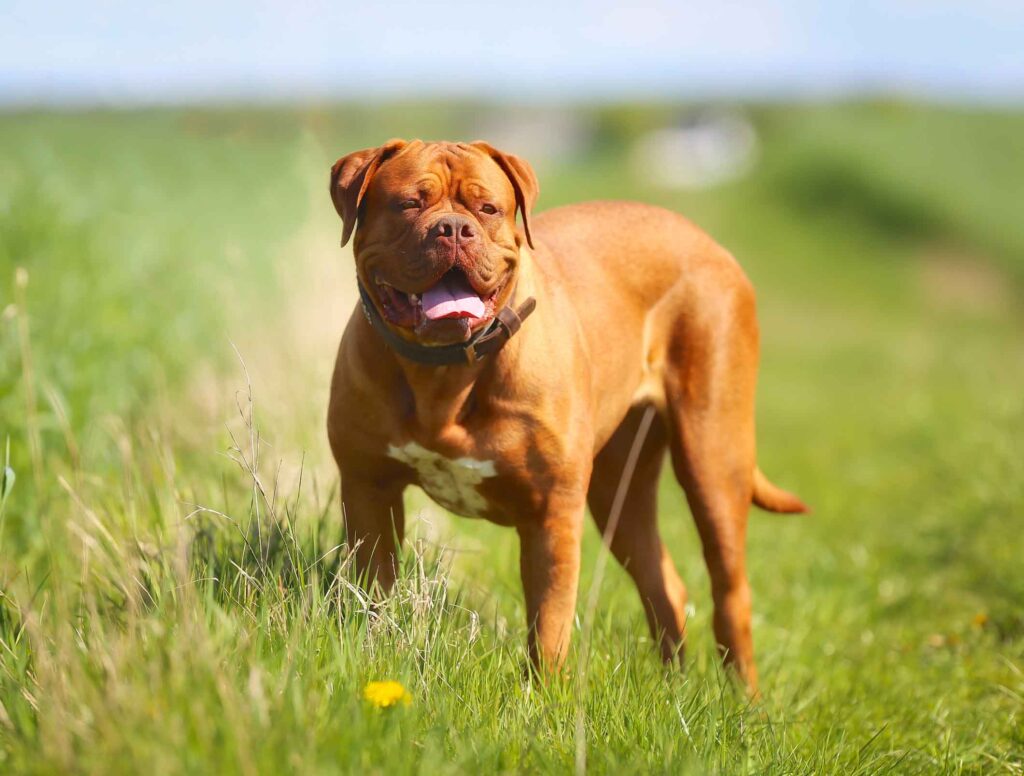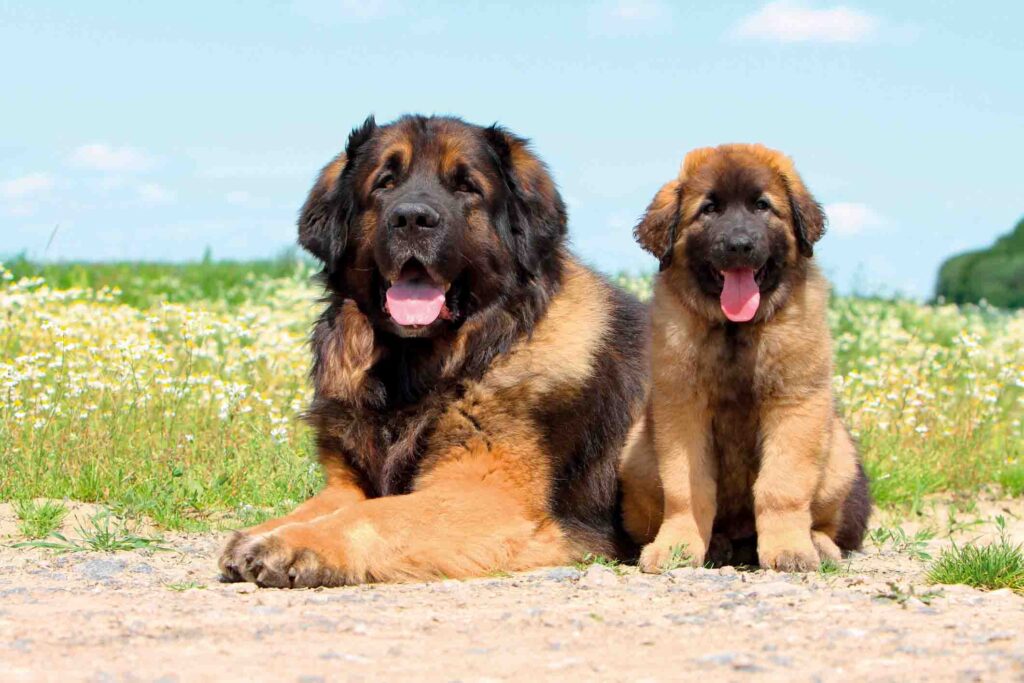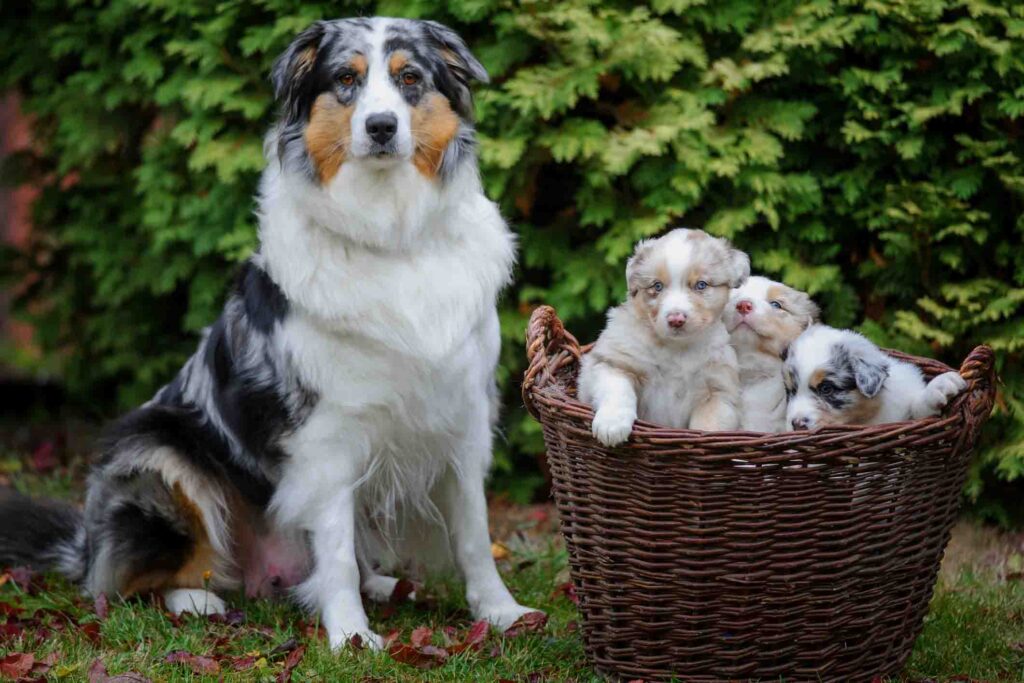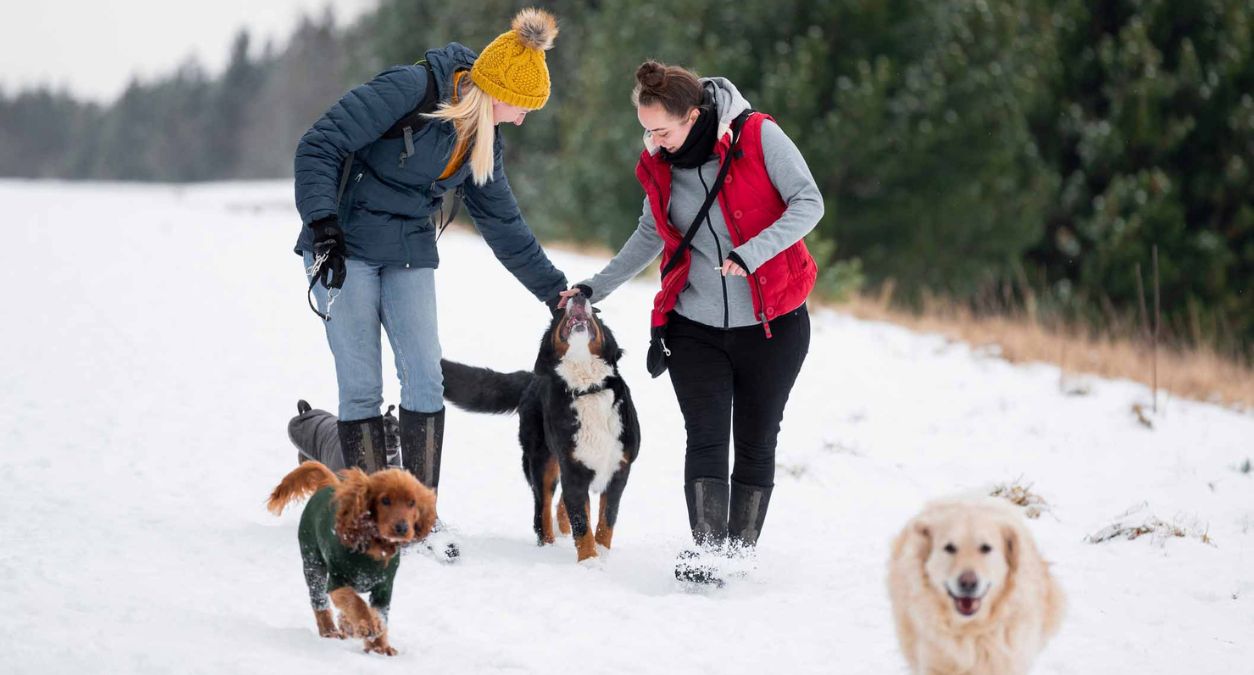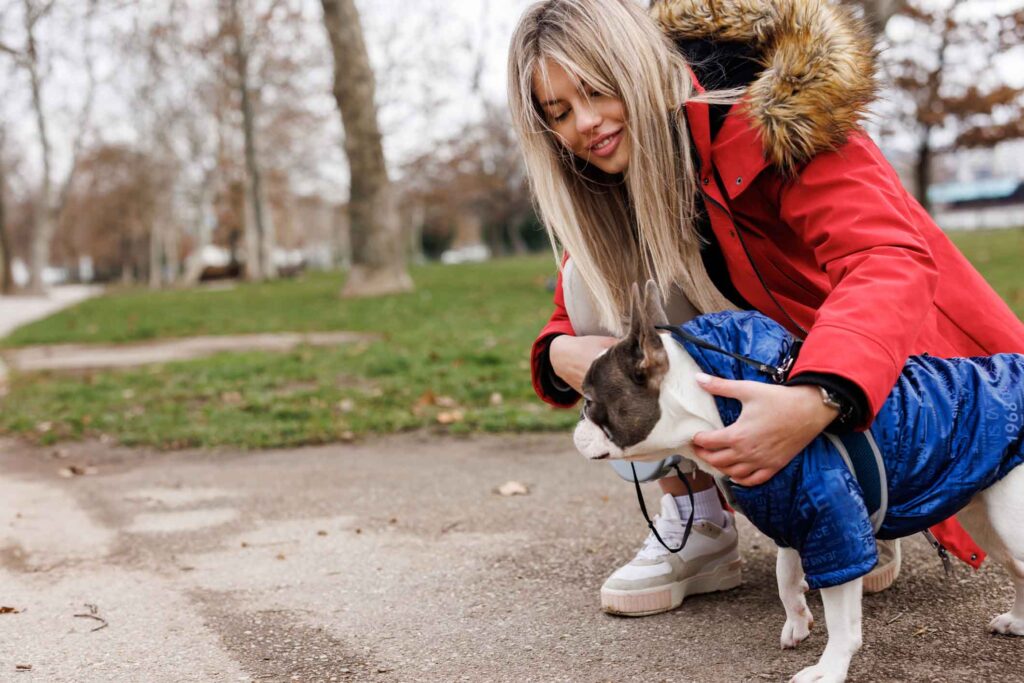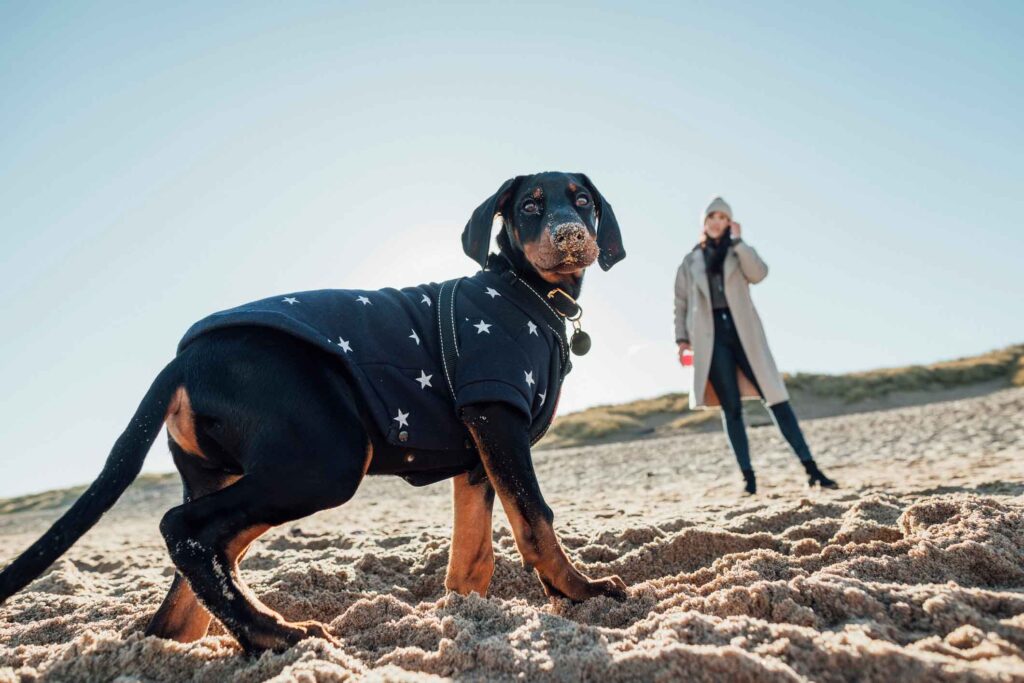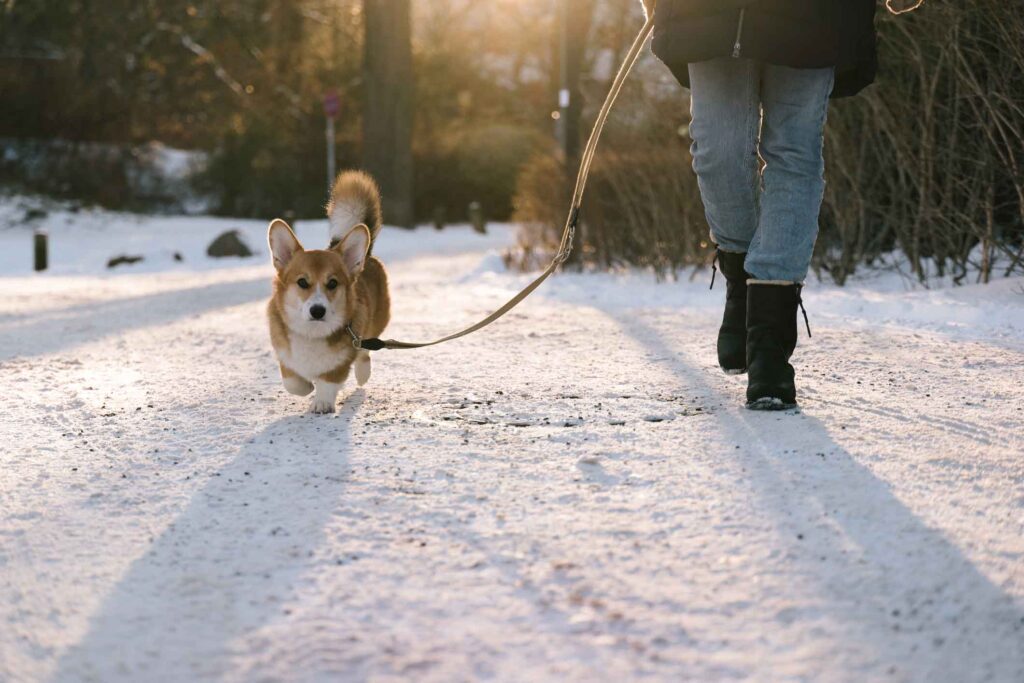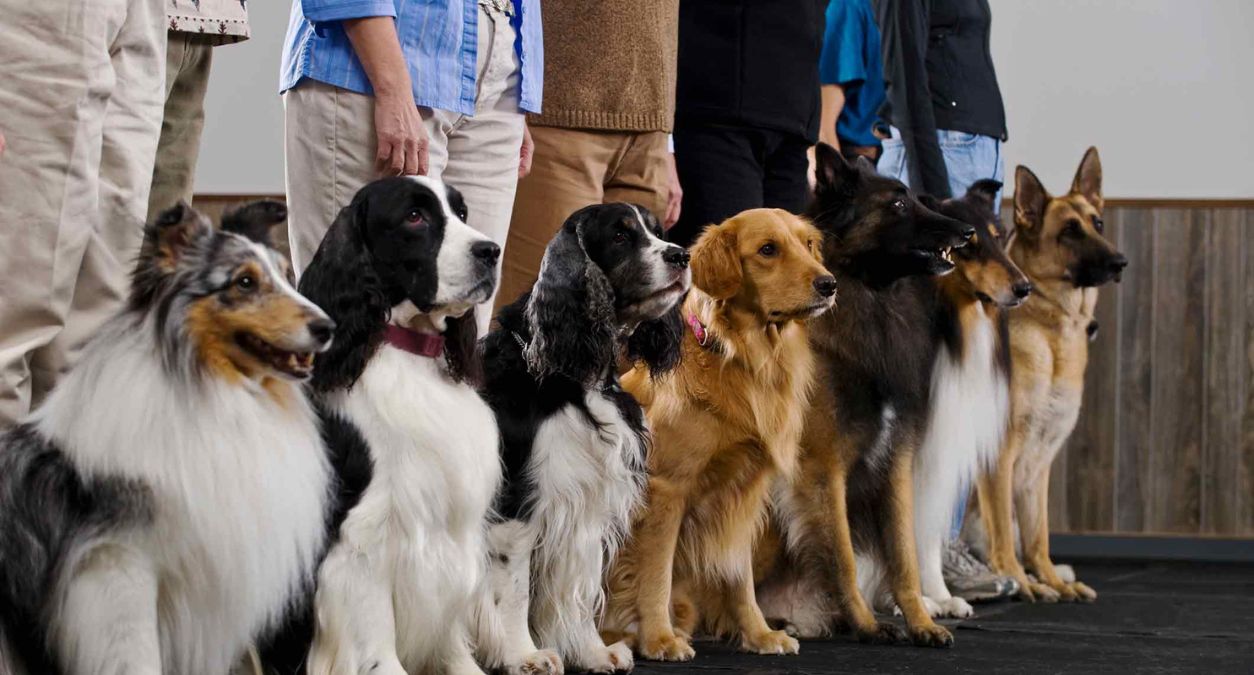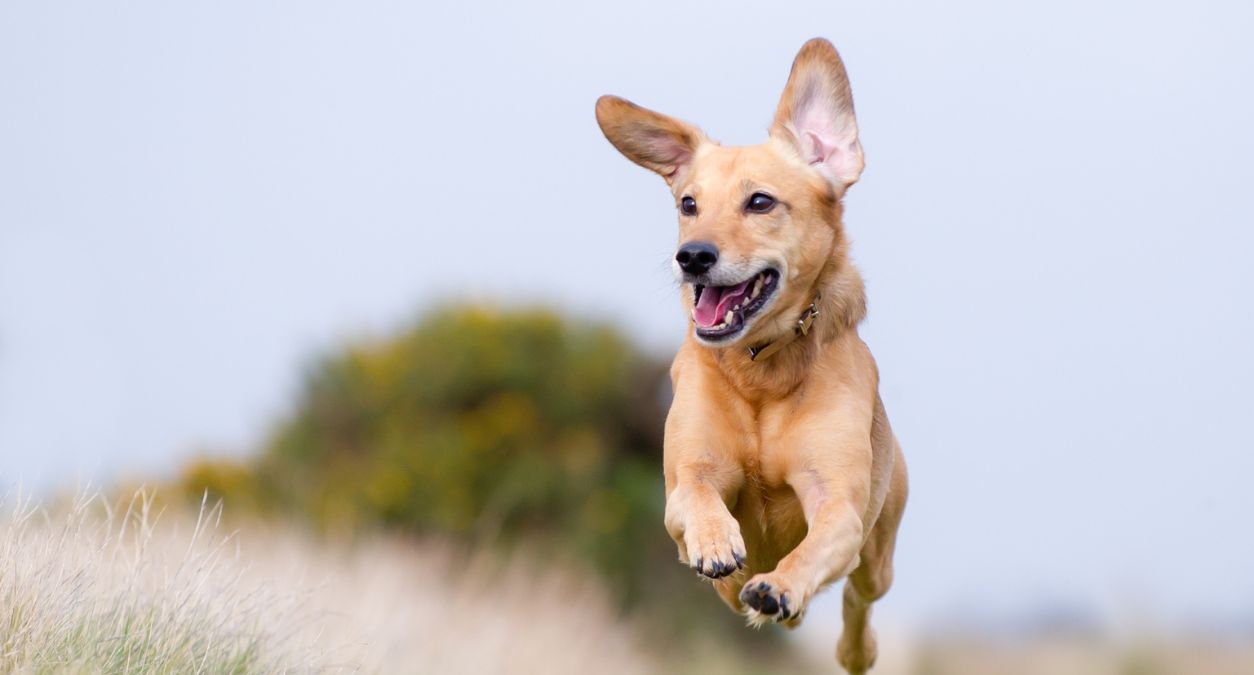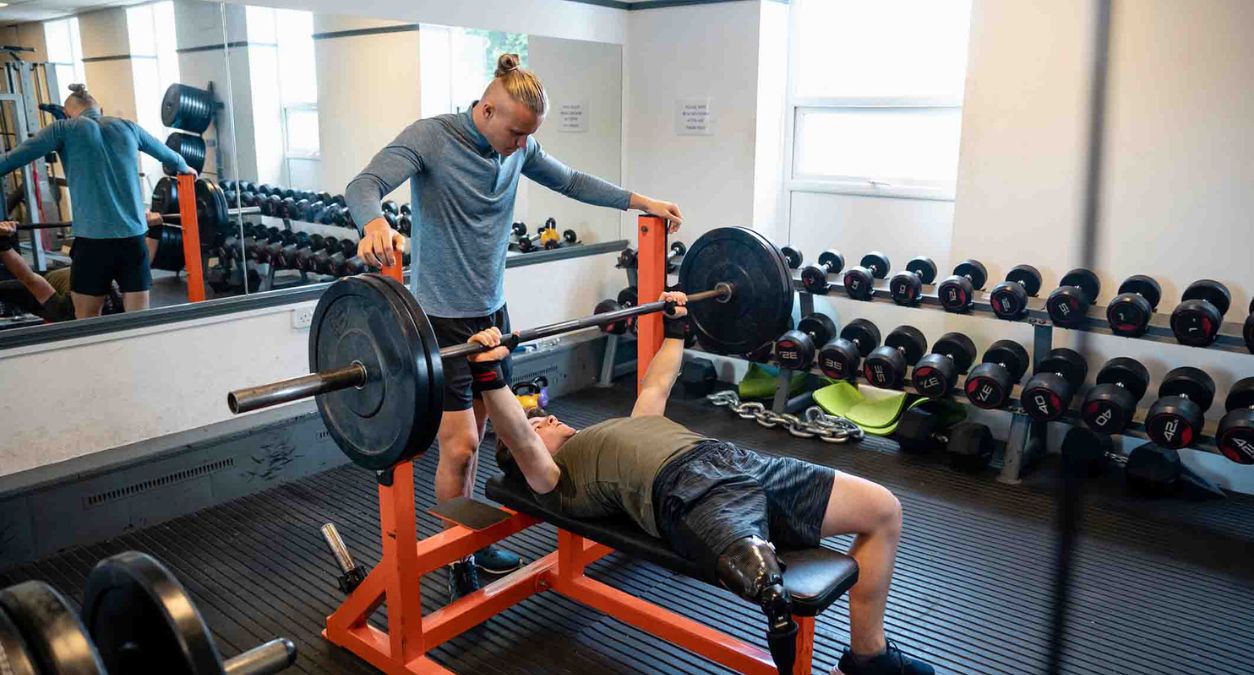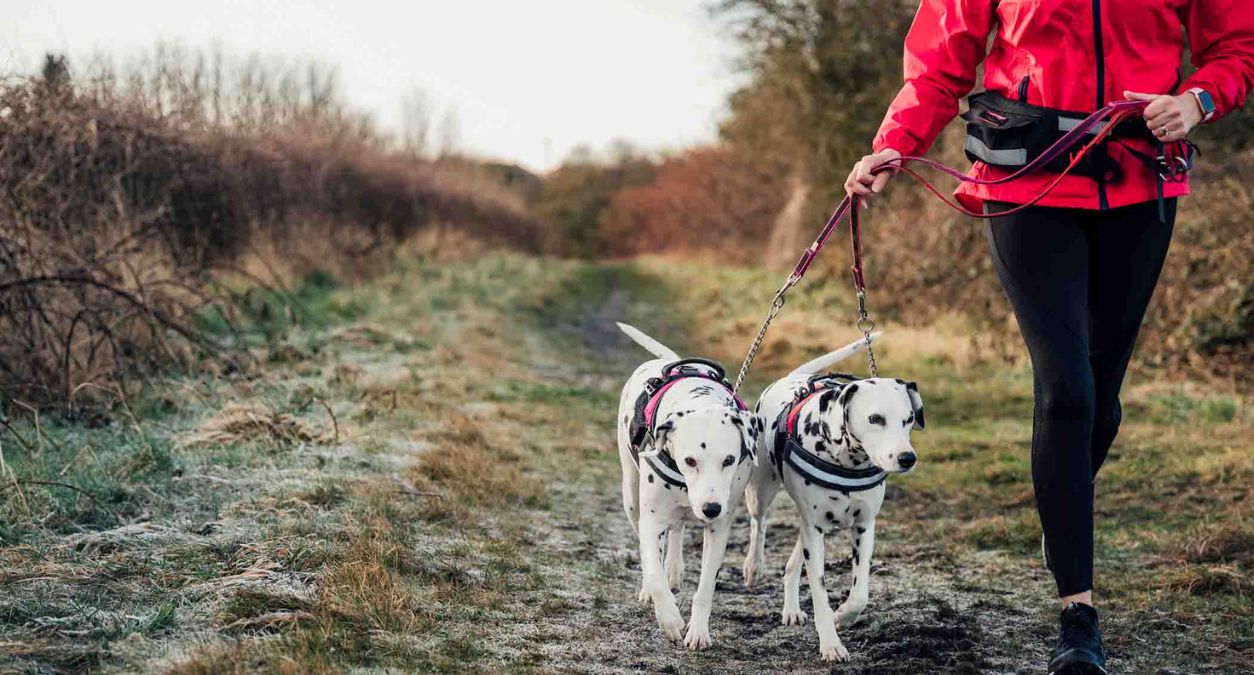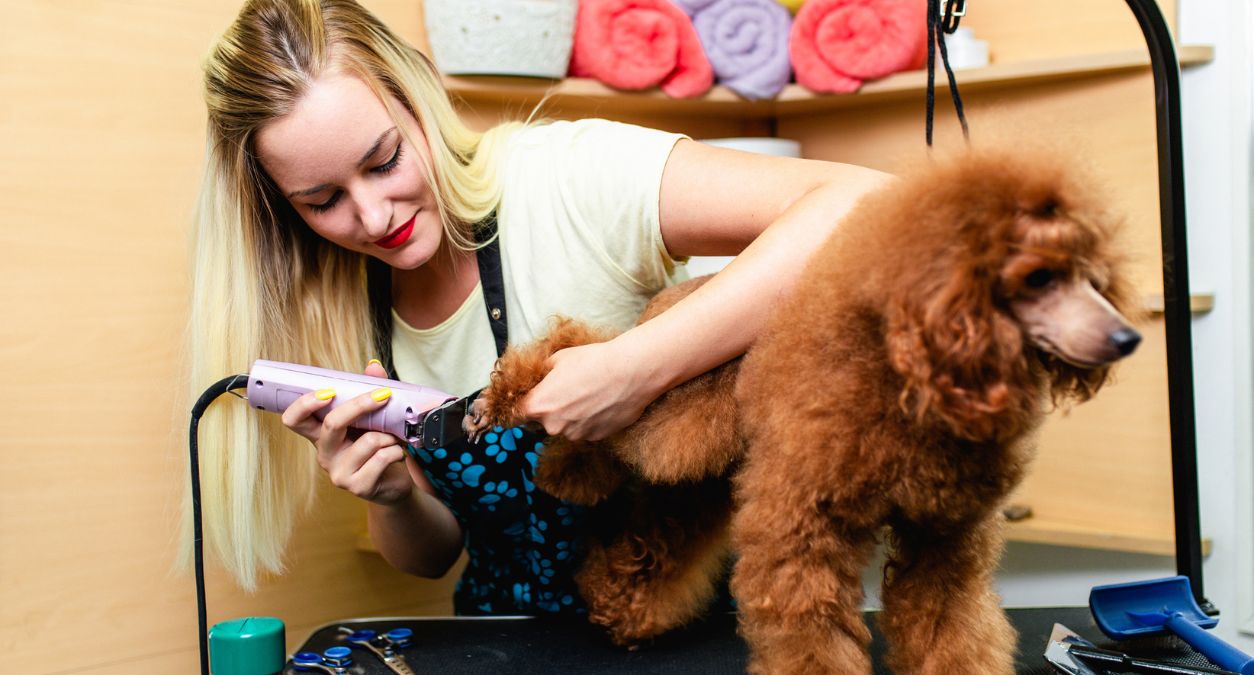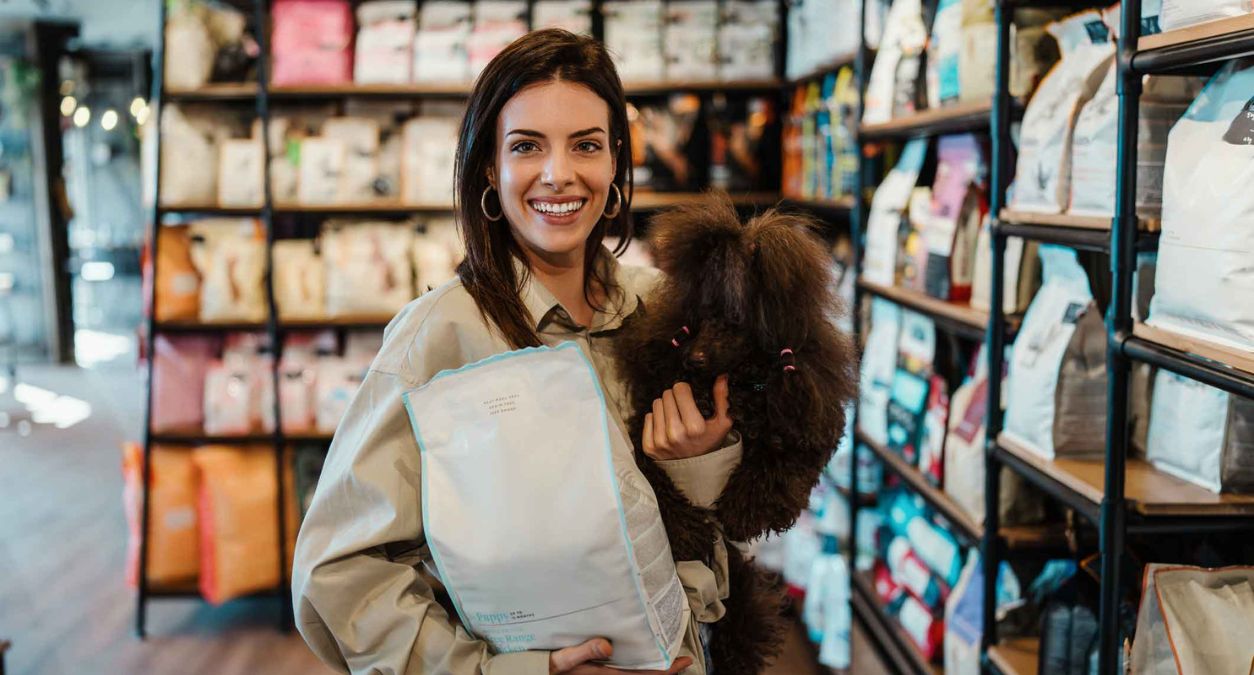Contributors
My main focus is managing the blog and product content for the Protectivity website ensuring everything aligns wi...
It can’t be denied that our pets bring immeasurable joy and love into our lives. Yet, just like their human counterparts, our furry friends may encounter unforeseen health challenges or emergencies that require immediate attention. As responsible pet owners, it is our duty to be well-equipped with the knowledge and skills to provide crucial first aid when our beloved companions need it the most.
A well-prepared pet owner or guardian is a key partner in the animal’s overall health and happiness. Whether you’re a seasoned pet owner or a first-time caregiver, it’s good to know the fundamental principles of first aid for dogs, cats or other animals. This includes the four rules to follow in any emergency, the three Ps that guide your actions, and the ABCs of CPR for pets. These tips will help you to feel more confident about providing timely assistance, promoting recovery, and preserving the health and wellbeing of animals.
In this pet first aid guide, we’ll help to empower you with essential information on handling various situations, from minor injuries to critical emergencies.
A pet first aid guide for different situations
Always remember that professional veterinary care is essential, and first aid is a temporary measure until expert help is available. Regularly update your knowledge on pet first aid, and consider taking a certified pet first aid course for hands-on training.
Here’s what you should do in a range of different situations when an animal becomes ill or injured.
Bleeding
If an animal is bleeding, quickly assess the severity of the wound. Apply firm and direct pressure to the bleeding area with a clean cloth or gauze. Elevate the injured part if feasible to minimise blood flow. If bleeding persists, consider using a tourniquet as a last resort, but ensure it’s not too tight. Avoid removing objects lodged in the wound, as they may be controlling bleeding.
Choking
If an animal is choking, assess their breathing. If they’re conscious, perform the Heimlich manoeuvre by applying upward pressure just below the ribcage. If unconscious, administer chest compressions. Check the mouth for obstructions and get immediate veterinary attention, even if the choking episode appears to resolve.
Avoid blindly reaching into the mouth, as you may push the object further.
Fractures or limb injuries
If an animal has fractures or limb injuries, approach with caution to prevent further harm. Immobilise the injured limb using a splint or bandage, ensuring it’s snug but not too tight. If the fracture is open, cover it with a clean cloth. Transport the pet to a vet immediately for X-rays and professional assessment.
Don’t move the pet excessively, as this can worsen the injury. Neither should you give them pain medication without veterinary guidance.
Heatstroke
If an animal has heatstroke, move them to a cool area immediately. Wet their fur with cool, not cold, water and use a fan to further reduce their body temperature. Offer small sips of water and seek urgent veterinary care. Heatstroke is a medical emergency, so swift action is vital to prevent organ damage and increase chances of recovery.
Poisoning
If an animal has suffered from poisoning, contact a veterinarian or a poison control hotline immediately. Monitor for symptoms like lethargy or seizures. Keep the substance container for identification and bring any packaging or samples of the ingested material with you to the vet.
Do not induce vomiting unless advised by a professional, especially if the pet is unconscious or has ingested a corrosive substance. If instructed to induce vomiting, use hydrogen peroxide as directed.
Seizures
During a seizure, keep the area around the pet clear and time the seizure duration. Stay calm, speak softly, and avoid restraining them. After the seizure, create a quiet, dark space for recovery. Contact the vet if seizures persist or last longer than usual. Veterinary evaluation is crucial to identify and manage underlying causes.
Allergic reactions
If your pet shows signs of allergic reactions, like swelling or difficulty with breathing, administer prescribed antihistamines if available. Call or visit the vet immediately. Avoid known allergens and monitor for recurring symptoms. Allergies can escalate rapidly, so professional evaluation ensures proper diagnosis and treatment.
Insect bites or stings
For insect bites or stings, remove stingers with tweezers, if present. Clean the area with mild soap and water, and apply a cold compress to reduce swelling. Watch for signs of an allergic reaction, and seek veterinary attention if necessary. Prevent further exposure to insects and only use pet-friendly repellents.
Eye injuries
For eye injuries, rinse the eye with saline solution and cover it with a clean cloth or gauze. Seek immediate veterinary attention for injuries, persistent issues, or signs of pain. Avoid rubbing the eye and prevent further trauma by keeping the animal away from potential hazards.
Bites or scratches
Clean bites or scratches with mild soap and water, before applying an antiseptic and using sterile dressings or bandages. Monitor for signs of infection, like redness or swelling. Consult a vet for deep wounds or if signs of infection occur. Avoid further incidents by managing interactions between pets and potential aggressors.
Drowning
If an animal is drowning, remove them from the water immediately. Clear their airway, perform rescue breathing if they’re not breathing, and check for a pulse. Administer CPR if necessary. Get in touch with a vet as soon as possible, even if the pet seems recovered, as complications may arise.
Electric shock
If an animal experiences an electric shock, turn off the power source safely. Check for breathing and a pulse, administering CPR if needed. Go to a veterinary clinic as soon as you can for a thorough examination and monitoring for delayed complications. Secure electrical cords and outlets to avoid future access by pets.
First aid kit essentials
Building a well-stocked first aid kit for your pets is a proactive way to ensure you’re prepared to handle common injuries and emergencies. Whether you’re putting together a first aid box for dogs or any other animal, regularly check and update it to ensure that all items are within their expiration dates and supplies are in good condition.
Here’s a list of essential items to include in your pet first aid kit:
- Sterile gauze pads and bandages – Use these to dress wounds and control bleeding.
- Adhesive tape – This will secure bandages and protect dressings.
- Tweezers – For removing splinters, ticks, or other foreign objects.
- Scissors – So that you can cut gauze, tape, or other materials as needed.
- Antiseptic wipes – For cleaning wounds and preventing infection.
- Hydrogen peroxide – Use for wound cleaning (external use only, not for ingestion).
- Muzzle – Prevents biting, especially in stressful situations.
- Digital thermometer – For measuring your pet’s temperature; normal ranges vary by species.
- Emergency contact numbers – Include your regular vet’s number and the nearest emergency veteranian clinic.
- Printable pet first aid guide – A booklet you can keep handy around the house will be a valuable guide to basic pet first aid procedures and emergency care.
- Latex or nitrile gloves – Protects yourself from bodily fluids and ensure a sterile environment.
- Towel or blanket – Provides warmth, comfort, or aids in restraining animals.
- Instant cold pack – Use these for reducing swelling or soothing minor injuries.
- Tongue depressors – These can be used as a makeshift splint.
- Eyewash solution – This is for rinsing the eyes if there’s irritation or contamination.
- Saline solution – To flush wounds or clean debris from eyes.
- Pet-friendly pain relievers – Consult your vet for suitable options and dosages.
- Pet-friendly antibiotic ointment – Apply to minor wounds to prevent infection.
- Pet-safe scissors with rounded tips – Safely trim fur away from wounds.
- Tick remover tool – Safely remove ticks without leaving parts embedded.
- Emergency blanket – To maintain body temperature in case of shock.
- Pet carrier or transport box – So that you can securely transport your pet to the vet.
- Cotton balls and swabs – For applying medications or cleaning delicate areas.
- Disposable syringe – For administering oral medications or flush wounds.
- Calming aids – These usually come in the form of treats or sprays recommended by the vet, to help keep pets calm.
What to do in an emergency: dos and don’ts
Here are some general dos and don’ts to bear in mind for animal emergencies.
Dos
Here are some tips as a general guide, in order to keep the animal safe and manage the situation effectively. They include the four rules of animal first aid, which are to stay safe, assess the situation, contact a vet and administer first aid.
- Stay calm – Animals can sense your stress, so it’s important to remain calm to prevent further distress to the pet. Your composed attitude can help keep them calm as well.
- Assess the situation – Ensure your safety and assess the immediate environment for potential dangers, such as traffic or other hazards.
- Contact a vet – In any emergency, call your veterinarian immediately for guidance. Explain the situation and follow their instructions. If it’s after hours, know the location of the nearest emergency veterinary clinic.
- Restraint – If your pet is injured or agitated, use caution and appropriate restraints. For dogs, it might help to use a muzzle if necessary. For cats, use a carrier or wrap them in a blanket to prevent scratching.
- Basic first aid – Administer basic first aid as needed while waiting for professional help. This may include controlling bleeding with pressure, immobilising fractures, or addressing other immediate concerns.
- Observe breathing – Monitor the pet’s breathing, pulse, and responsiveness throughout the process.
- Transport safely – If needed, transport the pet to the vet safely, keeping them secure and comfortable.
Don’ts
Here are some of the things to avoid in first aid emergencies for pets:
- Don’t panic – Panicking can lead to poor decision-making and increased distress for the pet.
- Avoid overfeeding medications – Do not administer medications without professional guidance, as the wrong dosage can be harmful.
- Don’t ignore symptoms – Even seemingly minor issues can escalate quickly. Seek veterinary advice for any concerns.
- Avoid human medications – Never give human medications to pets unless instructed by a vet. Some substances can be toxic.
ABC of CPR for pets
The ABC of CPR is highly valuable to know when you’re helping to resuscitate an animal. It stands for:
Airway – Ensure the airway is clear by gently extending the neck and pulling the tongue forward.
Breathing – Check for breathing by observing the chest rising and falling. If this isn’t happening, initiate artificial respiration.
Circulation – Check for a pulse. If there isn’t one, perform chest compressions.
The three Ps in animal first aid
It’s good to know what to do in a fix quickly, but when the pressure’s on it’s understandable that you may forget some of the knowledge you have. This is why the three Ps are useful to help you remember:
Preserve life – Prioritise actions that save the pet’s life.
Prevent further injury – Take precautions to avoid exacerbating the existing problem.
Promote recovery – Provide care that supports the pet’s recovery.
Get pet sitting insurance with Protectivity
If you’re looking after people’s pets, the last thing you want is for any harm to come to them. Of course, you’ll do your best to protect the animals, but no matter how capable you are in your role, accidents can happen. Pet sitting insurance ensures that you’ll have peace of mind in the unfortunate event that the unexpected should occur.
Protectivity’s pet sitting insurance offers various policy options to suit your needs, whether you need insurance for dog walking, pet boarding, or any other pet business. Choose from public liability with cover between £1 million and £10 million, or key cover up to the value of £10,000 for new keys, replacement locks and other costs. Other options include care, custody and control cover and equipment cover to the sum of £250.
Find out more and get a quote tailored to your needs.
Get Pet Sitting Insurance from Protectivity
*Disclaimer – This blog has been created as general information and should not be taken as advice. Make sure you have the correct level of insurance for your requirements and always review policy documentation. Information is factually accurate at the time of publishing but may have become out of date.
Last updated by




